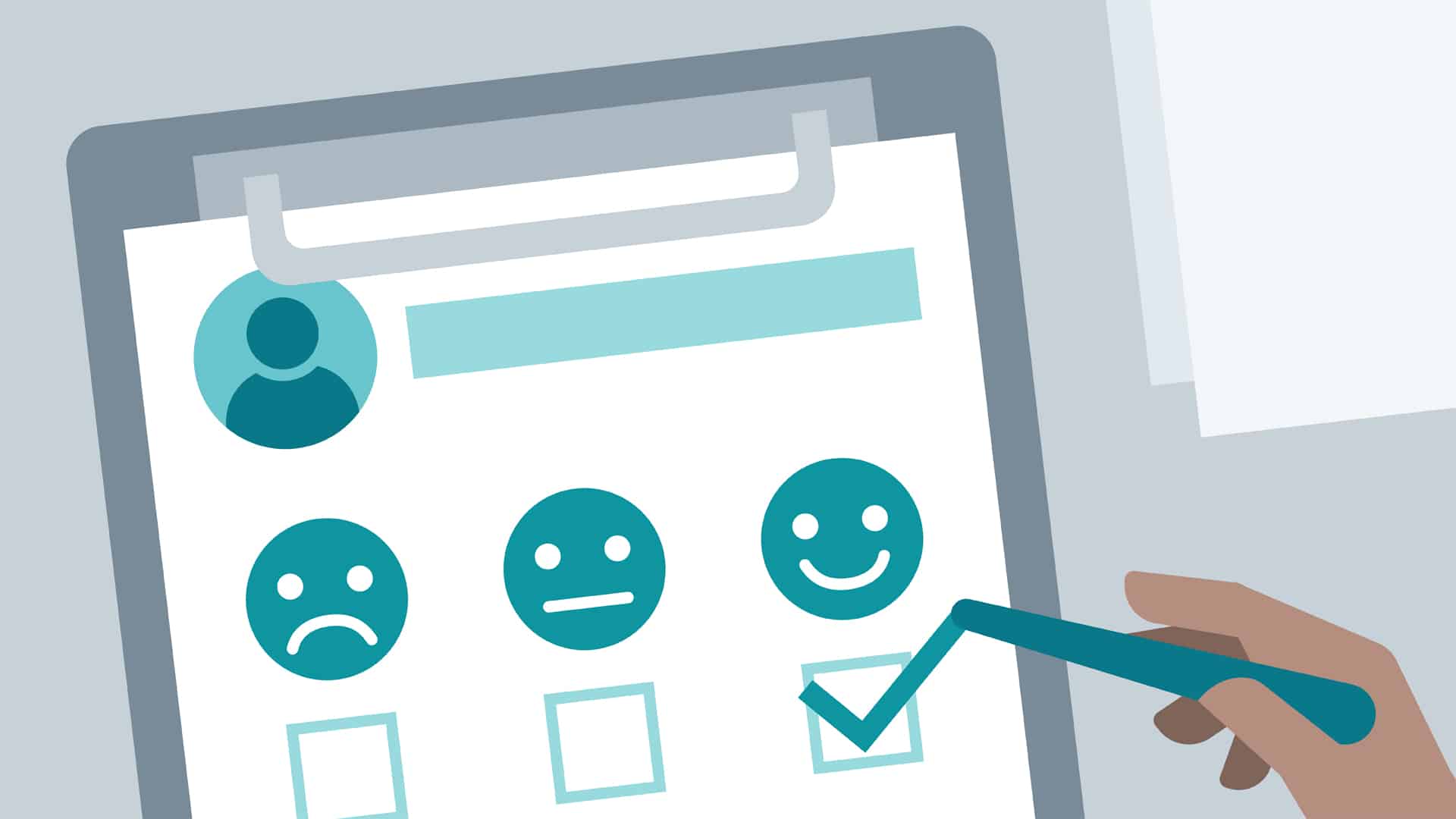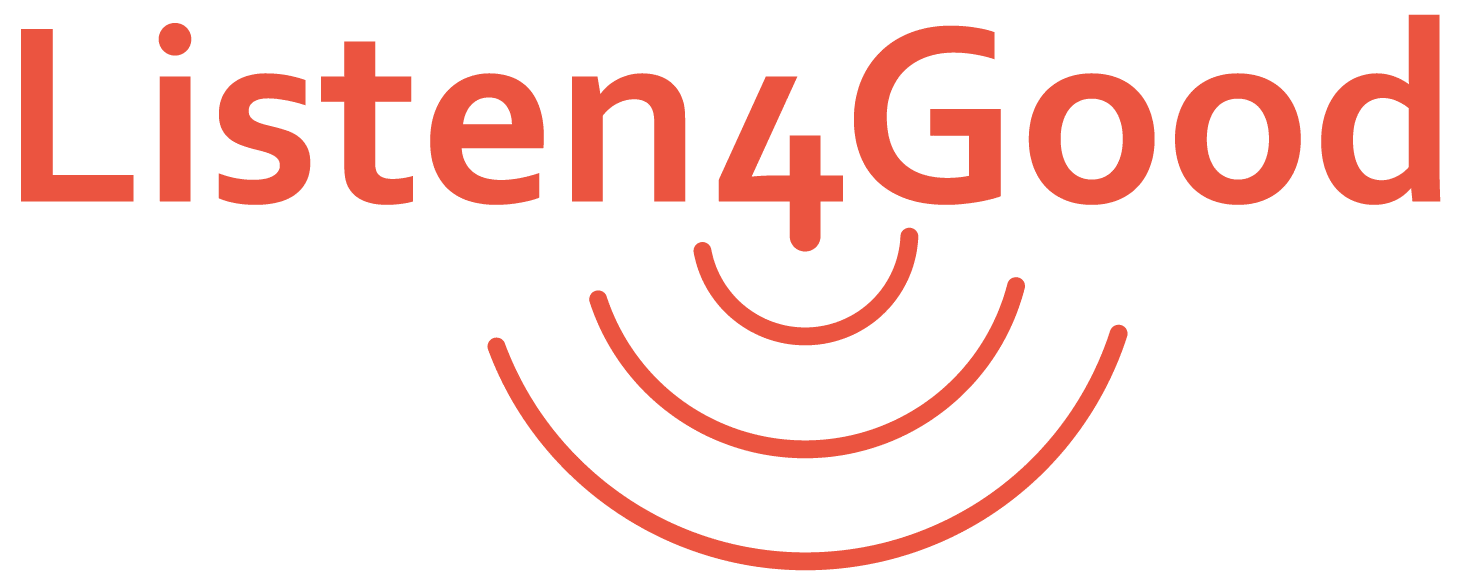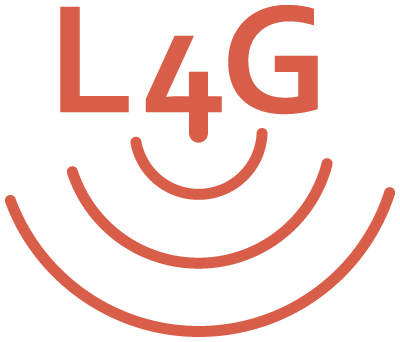- Guides & Toolkits
Importance of Client Feedback Surveys | Listen4Good
November 20, 2022
- Collecting Feedback
- Feedback Basics
- Community Voice
- Philanthropy

Measuring client satisfaction is an important way for organizations to assess how well they are delivering on their mission. Client feedback surveys are an essential tool to accomplish this assessment. When one implements a feedback loop process, you can go beyond merely gathering some broad sentiment and actually create a process that generates actionable feedback for improvement as well as celebration.
A client feedback survey is a carefully constructed list of questions administered to people receiving services from an organization. We recommend keeping a feedback survey brief and focused so that it does not exceed 20 questions.
In the social sector, client feedback surveys can be used to assess and identify the good and the bad in service delivery, collect data for reporting and advocacy, or evaluate equitable treatment. A well-designed survey will measure client satisfaction and yield actionable information and demographic data.
Learn more about Listen4Good’s feedback approach here.
Connect With Clients
A carefully crafted client satisfaction survey will help you understand your clients’ experience with your organization. However, it’s important to build trust as part of the process. After years of being surveyed with no response, clients may not believe that an organization really cares about what they have to say, or they may fear negative consequences if they say something critical. This can lead them to overstate the positive and stay silent on the negative – a dynamic called courtesy bias.
To promote candor, overcome courtesy bias, and build trust, an organization has to do a few things:
- Consider starting with anonymous feedback. Knowing there is no way to track who said what may lead clients to be more honest in what they have to say.
- Do something with the data. It’s important to break the pattern of non-response and actually do something with the data.
- Close the loop and tell people what you heard.
An organization often has to administer multiple surveys and respond visibly to what they learn to build trust. The more clients trust you, the more authentic your feedback loop will be.
When designed and executed well, a client satisfaction survey aligned with the principles above allows organizations to connect with clients and show them that their feedback and comments are valued.
Gain Valuable Feedback
The benefits of surveying clients for input are multifold. Most importantly, it allows you to celebrate and amplify what you are doing well but also identify areas for improvement and zero in on actions you can take to change the client experience for the better. This feedback can then be used for guiding program improvement efforts and inform where to target limited resources. But it can also be used externally — sharing with funders as you demonstrate your impact and to advocate for additional investment in key areas.
When designed well, a client feedback survey can provide important data for reporting, advocacy, and fundraising.
Come up With New Ideas
A good survey features a range of question types – including multiple choice or quantitative questions. They can also be designed to include open-ended questions that allow clients to share free-form what’s working and not working well from their perspective or what additional services are needed. We often see in Listen4Good surveys that simple yet innovative ideas for service delivery and implementation come from the open-ended or free-form questions that organizations ask of clients.
For example, a community service center in Pennsylvania received suggestions to restore a GED class that had been removed due to funding. At a food bank in Arizona, a client requested a sun shade, as clients often wait in line for hours in the hot sun. Clients are often the best and most creative sources for fresh ideas!
Benchmarking Results
Client satisfaction surveys are a great way to know whether programming and outreach strategies are working. Hearing directly from clients provides insight into overall client satisfaction. If you administer a survey over time, you can also benchmark your results and see whether your intended changes are making a difference.
During even your first survey round, internal benchmarks can be helpful – if you are compare results, for example, across sites or programs or locations. You can also access external benchmarks that allow you to compare your organizations’ results to others like yours through programs like Listen4Good.
Things to Keep in Mind When Conducting a Client Satisfaction Survey
Define the Survey Purpose
Be upfront with your clients about your goals for gathering feedback. You are not doing this for a grant, to meet funder requirements, or just to get praise, but to continuously improve your organization and its services, based on client perspectives.
So often, client feedback surveys can feel extractive to clients, with little to no return for the time and effort they spend on it. Reassure your clients that you would like them to be as candid as possible, that you will share the results with them, and that you plan to use the information to improve what you do.
Formatting of a Survey
Your survey should be approachable and inviting to your clients. Ultimately, you want to create an accessible, inclusive survey that yields actionable data.
You will want to make sure that it is no more than 20 questions to encourage survey completion rates. Think carefully about each question you are asking, and what information you wish to collect.
You’ll want to give it an engaging title, and also write a brief simple introduction about the purpose of the survey and how you intend to use the data you collect. You’ll also want to reassure clients that the survey will be anonymous (or confidential), and that they do not have to fear losing services if they write something critical.
A good survey also should include questions that allow you to disaggregate feedback data by subgroups, such as gender, age, race, program site, etc.
You can see a Listen4Good client feedback survey template here.
Keep it Simple
When you design your survey questions, you’ll want to use language that is simple and understandable, and written at an appropriate literacy level. If necessary, you will want to translate your survey into languages spoken by your clients. This signals both your intent to really be listening and to valuing client voices, especially from those who may have been marginalized. It goes without saying that the questions should not be leading or loaded.
Questions should also be sourced and then reviewed by frontline staff before the survey is administered. Frontline staff have great ideas on what clients may want to weigh in on, based on their daily conversations. Ideally, you also pre-test your survey with a small group of clients to check for comprehension, relevance, and missing topics.
Think about how to incentivize responses
Clients of nonprofit programs have a lot ongoing in their daily lives. How can you incentivize them to take a feedback survey?
Many organizations have devised creative incentives to encourage the completion of surveys. Some organizations offer gift cards to popular coffee shops or retailers. Others, who may not be permitted to offer gift cards, offer free passes to recreation facilities or public attractions, free books, complimentary treats, or useful items such as pens and clipboards. Finally, others use more of a raffle type model rewarding a set number of respondents.
You’ll also want to consider ways to make it easy for clients to take the survey. For instance, if they are already waiting in line, perhaps they can take a survey while they wait, instead of spending extra time to fill it out. Or perhaps they prefer to complete the survey in the privacy of their own home, and an online survey or a paper survey with a self-addressed stamped envelope would increase response rates. The key is to think critically about your context and the methods that will align most effectively with your clients.
Respond to respondents
Closing the loop is a critical final step in the feedback process. Once a survey is administered and the results are analyzed, it is important to respond to clients and communicate what the organization learned. Just as importantly, the organization should share the specific ways that the organization has responded, or plans to respond, to the feedback it received through the survey.
The response can take many forms. Some organizations create colorful flyers and post them in public locations, and distribute them to clients. Some organizations hold community meetings to share the results. And some organizations share the response via email or on their website. Regardless of the method or channel, this final step reassures clients that their opinions and voices matter, and helps to establish respect and trust.

